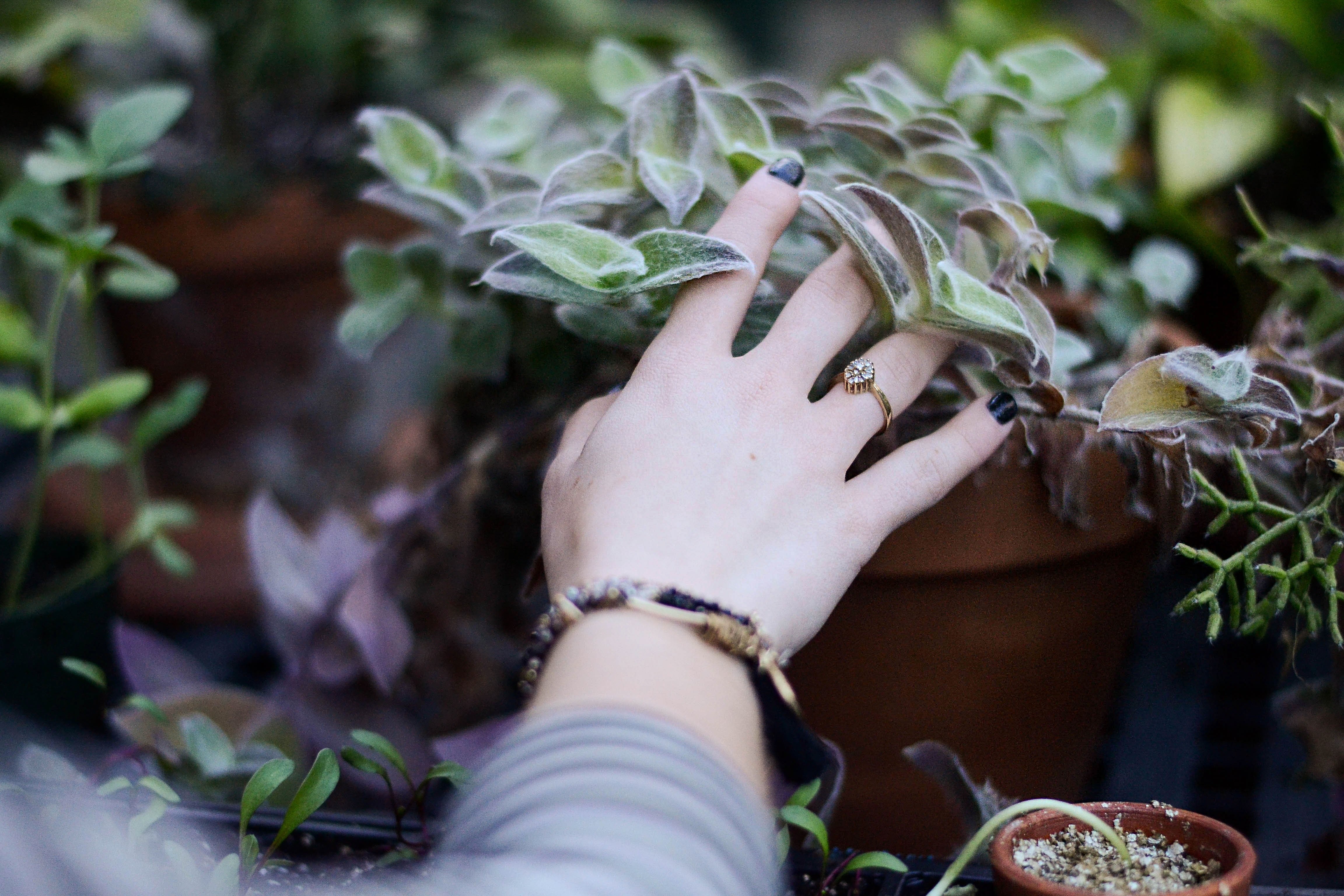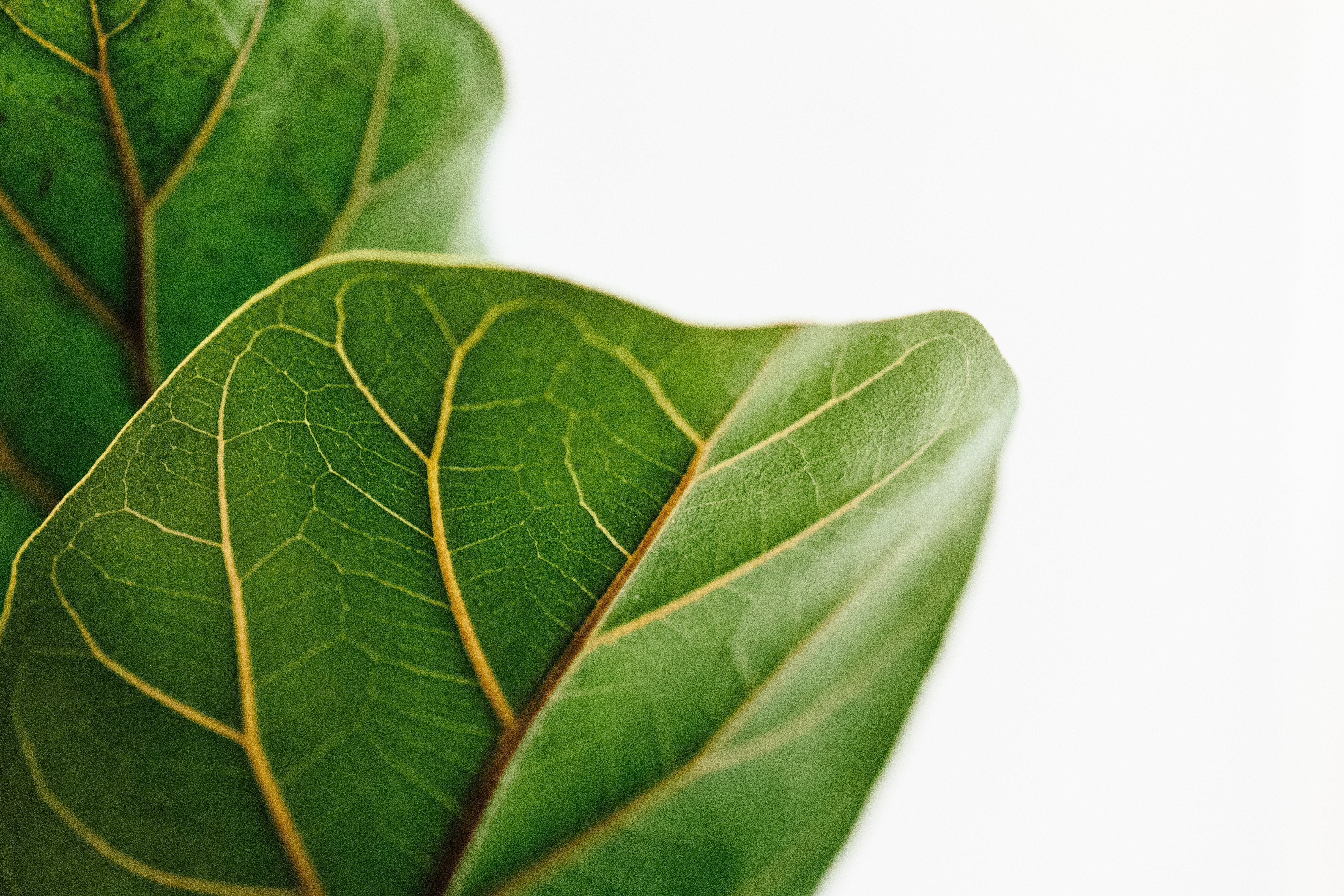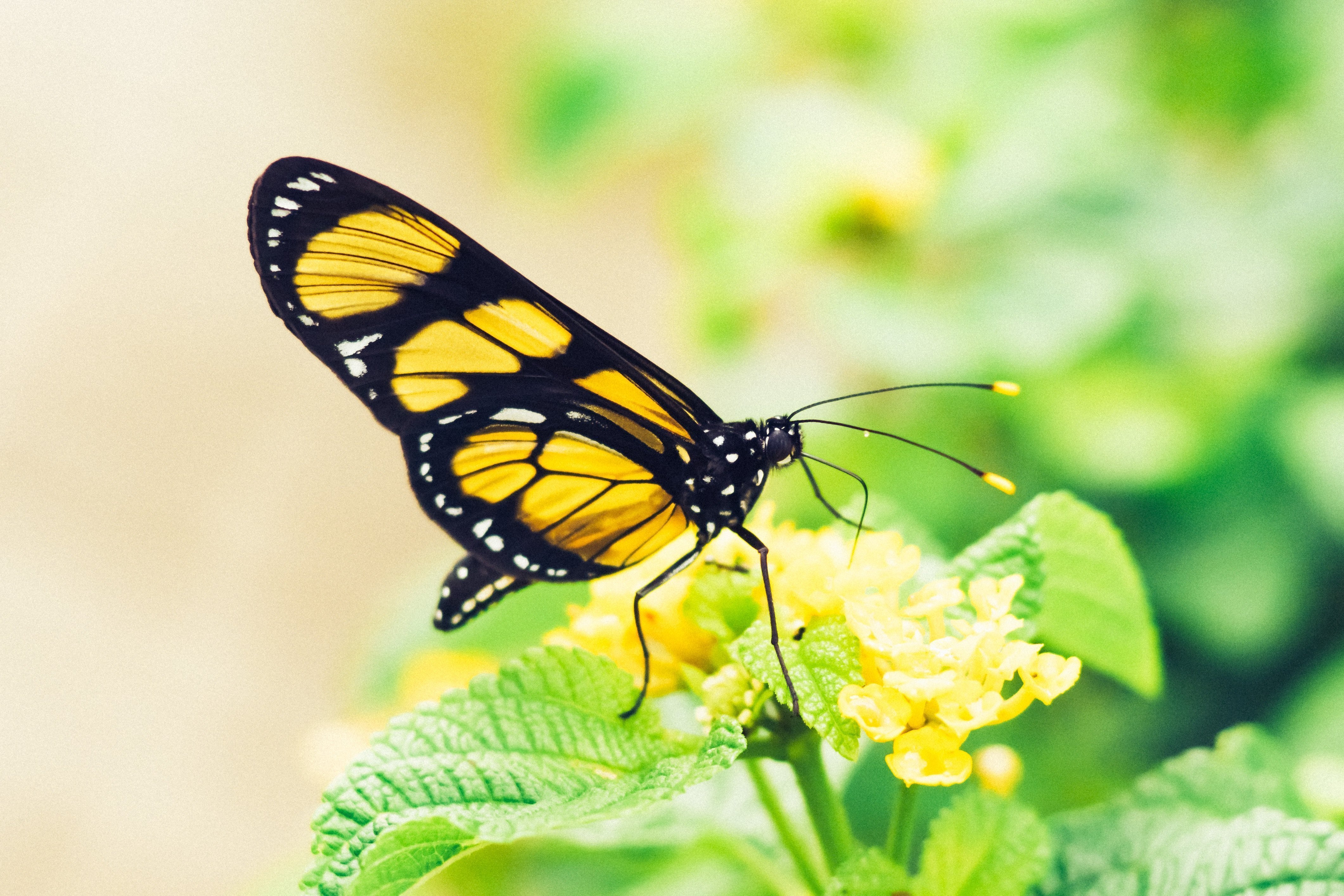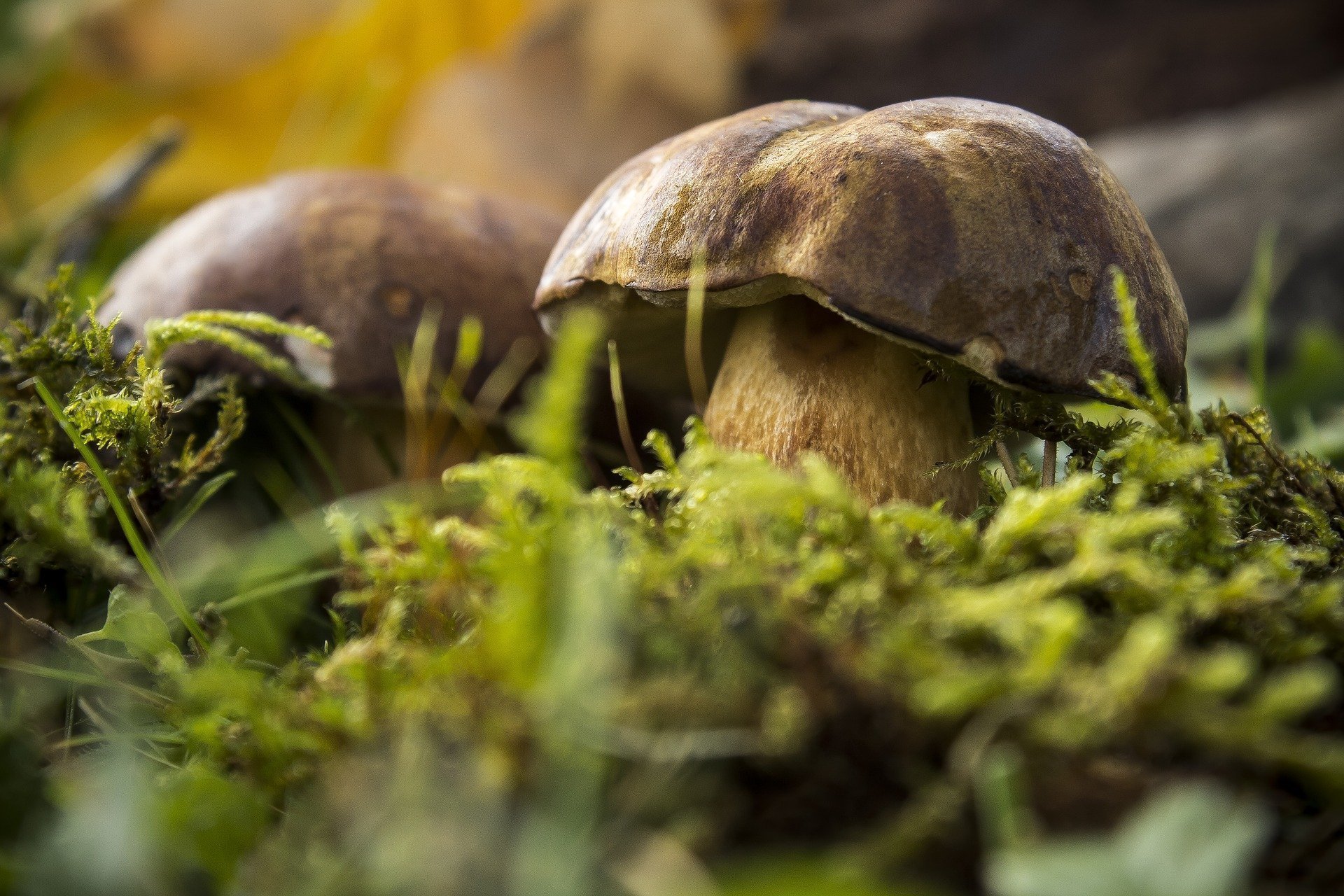Have you always wondered if plants notice when you touch them? Do they feel pain when you cut them back? Maybe plants are also capable of feeling love, so plants have feelings? And what are mushrooms, rather animals or plants? You have a lot of questions floating around in your head, but don't worry. We have the right answers to all your questions.
Can plants feel happiness?
Nobody knows that exactly yet, of course it always depends on what everyone calls luck. One thing we definitely know, plants react to certain stimuli. You can react negatively as well as positively to it.
Do plants like music?
Scientist Monica Gagliano discovered that plants can actually "hear". In one experiment, she gave pea plants the choice of growing towards the flowing water or towards the dry earth. The plant chose the sound of the water.
Further evidence that plants respond to sounds is the thale cress plant. She can distinguish between the sound of a feeding caterpillar and the vibration of the wind.
But the most interesting thing for you: yes, plants react to music and one can assume that they prefer classical music. In an experiment, vines were treated for 10 years, 24 hours with Mozart and co. sonicated.
The result: The vine leaves became larger and the grapes more aromatic. Certain sound waves open the pores of the plants, others stimulate growth, and others cause them to die off. Plants most readily accept Mozart's music.
Do plants like to be touched?
One could tell whether plants have feelings by whether they like to be touched. About 10 years ago, American researchers discovered the touch genes in plants. These touch genes cause the plant to change its direction of growth. An experiment showed that plants that were touched at least 4 times a day grew more in width than the plant that was not touched. Whether plants like being touched is debatable.
Some scientists have found that the plants are more likely to try to avoid them. Neither plant wants to be in the shade of the others, so the plant tries to avoid the others and get the optimal light conditions. So the plant thinks our touches are plants or objects that need to be avoided while growing. So if you keep touching it on the upper leaves, it tries to avoid it and prefers to grow in width.

Do plants feel pain?
Plants can perceive various environmental influences such as light, wind, temperature, humidity or soil structure. They also react to changes in the environment, could that be a sign that plants have feelings?
Plants do not have a nervous system, but they do have nerve conduction. However, this nerve conduction is very underdeveloped. The signal transmission therefore takes place very slowly. However, pain cannot be felt with nerve conduction alone, so pain receptors would be important. These would send the signals to the brain and the plant could feel pain. However, the plant also has no brain that can convert the pain impulses. Thus, this kind of feelings cannot be detected in plants.

The love life of plants
It is up to you whether you can describe the communication between plants or between plants and their pollinators as love.The plant is at least able to present itself in the best possible way, whether it's a certain scent or a beautiful flower
Flowering plants have become unbeatable eye-catchers for insects over the course of evolution. Not only do they employ special organs to attract pollinators, but they also use the nectar to control insects and birds. In the wild tobacco plant, the nectar is so cleverly mixed together that the desired pollinators are attracted, but nectar robbers are driven away. 35 aromatic substances keep ants and hummingbirds away from the flower.
A particularly colorful event can be observed with the lantana (wandantrose), which grows in the forests of Brazil. On the first day of flowering it has a yellow tint, on the second day orange and on the third day purple. This plant is well visited by butterflies.
The different coloring is beneficial for both plants and butterflies. Plants that can change color offer a lot of nectar when young. As the flower gets older, it changes color to purple. Pollinators don't even touch these purple flowers, so they save a lot of energy.

Do plants have memories?
You can probably say that. Researchers found that plants have evolved a way to remember past stress. For example, they remember very high salt levels in the soil, which makes future plant generations significantly more resilient. However, if the salinity drops again, plants are able to “forget” it again.
It is well known that some plants must have survived a cold spell before they can flower in spring. But how do you know that winter is over? A gene responsible for flower formation is switched off over the winter. That gene won't kick in again until it gets warmer.
Researchers also found that plant cells are able to remember what function they had before winter. They can also morph into other cell types to take over the function of others.
What distinguishes plants from humans
Plants don't have nerves like you, but they have comparable structures. Plants use electrical signals, but these are much slower than human neural pathways. For example, plant messages travel about 1cm per second, but everything in the human body moves 1,000x faster.
Are mushrooms plants or animals?
Mushrooms are neither plants nor animals, they form their own kingdom and colonize almost all habitats. Fungi can reproduce sexually and asexually through pores. These exciting creatures derive their food from organic material. Dead creatures, dead wood, leaves and excrement are decomposed by them. This decomposed organic material is the most important for our plants, nutrient-rich soil or also called humus.
There is also a very special connection between fungus and plant where both can benefit. The fungi attach themselves to the roots of the plant and form a branched network there. The plant thus has an enlarged root system and therefore also gets more nutrients (especially nitrogen) and water. (Here you can find out more about the nutrient supply of the plants)
The fungi, on the other hand, get carbohydrates from the plants in the form of sugar. This extraordinary compound is also called mycorrhiza, which means something like "fungus roots".
Plants are incredibly fascinating organisms. They possess a kind of intelligence found nowhere else. Whether plants have feelings is still unclear. And if so, then just a little different than you. They react positively or negatively to certain stimuli and process them. Try it out for yourself and play Mozart to your plants.
.



















Leave a comment